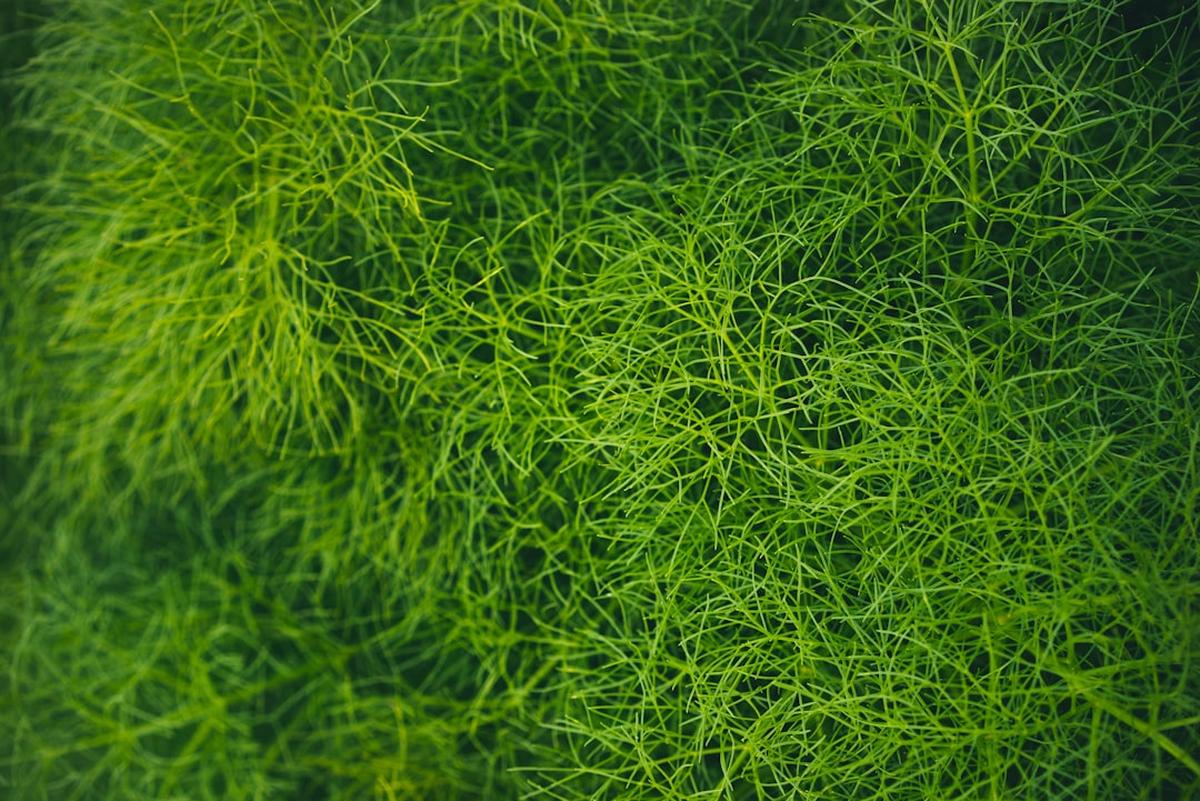It all started with a simple desire to reduce my carbon footprint and live in harmony with nature. This aspiration led me to explore the concept of eco-friendly homes, and I’ve never looked back since.
Eco-friendly homes are not just about saving the environment; they’re about creating healthier living spaces for ourselves and future generations. They’re about reducing our dependence on non-renewable resources and embracing a lifestyle that’s in sync with nature.
Understanding Green Homes
So, what exactly are green homes? In essence, a green home is designed to be environmentally friendly and sustainable. It minimizes waste, reduces energy usage, and creates a healthy living environment. But the benefits of green homes go beyond the environment. They can also save you money in the long run through reduced energy and water bills.
Green homes contribute to sustainability by reducing the demand for non-renewable resources and minimizing waste. They use energy-efficient appliances, sustainable building materials, and incorporate design elements that maximize natural light and ventilation.
Building Vertically Instead of Horizontally
One of the first steps I took in my journey towards a green home was to build vertically instead of horizontally. Vertical construction has numerous benefits. It reduces the building’s footprint, thereby preserving more green space. It also promotes energy efficiency as heat rises, making the upper floors easier to heat in winter.
When I built my home, I focused on creating a compact, vertical design. I found that this not only saved space but also made my home feel cozy and inviting. If you’re considering vertical construction, my advice is to work with an architect who understands sustainable design principles.
Water Conservation Practices
Water is a precious resource, and conserving it is a crucial aspect of sustainable living. In my home, I’ve implemented several water conservation practices. I use low-flow fixtures, collect rainwater for gardening, and recycle greywater.
If you’re looking to conserve water, start by fixing leaks and installing water-efficient appliances. Consider using a rain barrel to collect water for outdoor use. And remember, every little bit helps. Even if you can’t implement all these measures at once, start small and gradually make changes.
Upgrading to a Smart Thermostat
Upgrading to a smart thermostat was another significant step in my green home journey. Smart thermostats are programmable devices that can help reduce energy consumption by adjusting the temperature based on your schedule and preferences.
When I installed my smart thermostat, I was amazed at how much control it gave me over my home’s energy use. If you’re considering a smart thermostat, look for one that’s easy to program and offers energy-saving features like learning your schedule and adjusting the temperature accordingly.
Selecting Sustainable Building Materials
Choosing sustainable building materials is another critical aspect of green homes. When I built my home, I prioritized materials that were locally sourced, recycled, or made from renewable resources.
Selecting sustainable materials can be challenging, but it’s worth the effort. Look for materials with low embodied energy, meaning they require less energy to produce. Also, consider the lifespan of the material and its impact on indoor air quality.
Using Recycled or Reused Materials
Incorporating recycled or reused materials in your home is a great way to reduce waste and add character to your space. In my home, I’ve used reclaimed wood for flooring and vintage furniture pieces that I’ve restored.
If you’re interested in using recycled materials, start by looking for local salvage yards or online marketplaces. Remember, it’s not just about finding the cheapest materials, but about finding materials that are sustainable and add beauty to your home.
The Philosophy of ‘Smaller is Better’
When it comes to green homes, smaller is often better. Smaller homes require less energy to heat and cool, less materials to build, and encourage a more minimalist lifestyle.
When I downsized my home, I found that I didn’t miss the extra space. Instead, I found joy in the simplicity and efficiency of a smaller home. If you’re considering downsizing, start by decluttering and getting rid of items you don’t need. Then, focus on creating multifunctional spaces that maximize efficiency.
Tracking Your Home Energy Use
Monitoring your home’s energy use is a great way to identify areas where you can save. I use an energy monitor to track my home’s energy consumption, and it’s been an eye-opening experience.
If you’re interested in tracking your energy use, consider investing in an energy monitor. These devices can provide real-time information about your energy consumption, helping you make informed decisions about energy use.
Shopping Vintage
Shopping vintage is another way to reduce waste and add character to your home. I love finding unique pieces with a history and giving them a new life in my home.
If you’re new to vintage shopping, start by visiting local thrift stores or flea markets. Look for quality pieces that have stood the test of time. Remember, it’s not just about finding a bargain, but about finding pieces that bring you joy and align with your values.
Watering Your Plants Using Used Water
Reusing water for plants is a simple and effective way to conserve water. I water my plants with used water from cooking and cleaning, and they seem to love it!
If you’re interested in reusing water for plants, start by collecting water from washing fruits and vegetables or boiling pasta. Just make sure the water is free of harmful substances that could harm your plants.
Wrap-up
My journey towards a green home has been rewarding and enlightening. I’ve learned that every little bit helps and that sustainable living is not just good for the environment, but also for our health and wellbeing.
I hope my story inspires you to start your own green home journey. Remember, it’s not about being perfect, but about making conscious choices that align with your values. So, start small, take one step at a time, and before you know it, you’ll be living in harmony with nature.
Frequently Asked Questions
What are some easy ways to make my home more eco-friendly?
Start by reducing energy consumption. Switch to LED lights, use energy-efficient appliances, and insulate your home to reduce heating and cooling costs. You can also conserve water by fixing leaks and using low-flow fixtures.
How can I reduce waste in my home?
Start by reducing, reusing, and recycling. Buy less, choose products with less packaging, and compost your kitchen scraps. You can also donate or sell items you no longer need instead of throwing them away.
What are some sustainable building materials I can use in my home?
Some sustainable building materials include reclaimed wood, bamboo, recycled metal, and cork. You can also use low-VOC paints and finishes to improve indoor air quality.
How can I conserve water in my home?
You can conserve water by fixing leaks, using water-efficient appliances, and changing your habits. For example, turn off the tap while brushing your teeth and take shorter showers.
What are the benefits of a smart thermostat?
A smart thermostat can help reduce energy consumption by adjusting the temperature based on your schedule and preferences. It can also provide insights into your energy usage, helping you make informed decisions about energy conservation.
How can I reduce my home’s carbon footprint?
You can reduce your home’s carbon footprint by using renewable energy sources, conserving water and energy, reducing waste, and choosing sustainable building materials. You can also plant trees to absorb CO2 and improve air quality.







